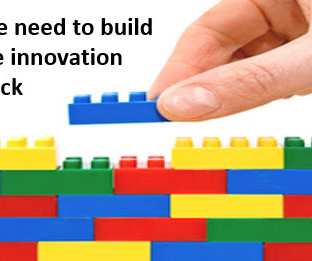Building a Business Case for Innovation Management – Why Now?
Qmarkets
SEPTEMBER 24, 2020
However, I have recently been seeing reports of many businesses going into survival mode; choosing not to invest in innovation and instead save precious resources. But if you aren’t lucky enough to work for Zoom, Amazon or Netflix, your organization will have to innovate in some way in order to survive.















Let's personalize your content